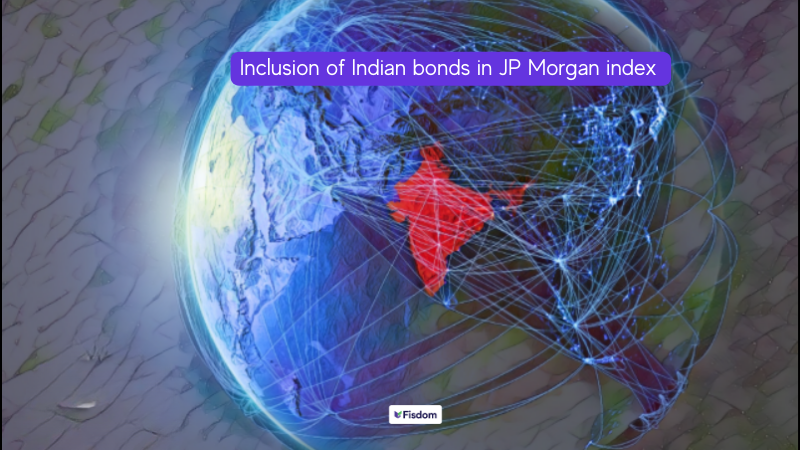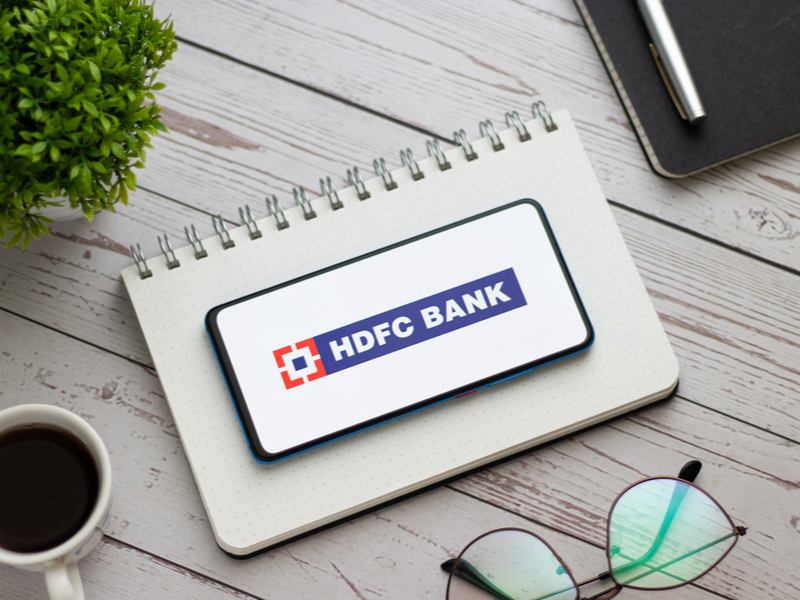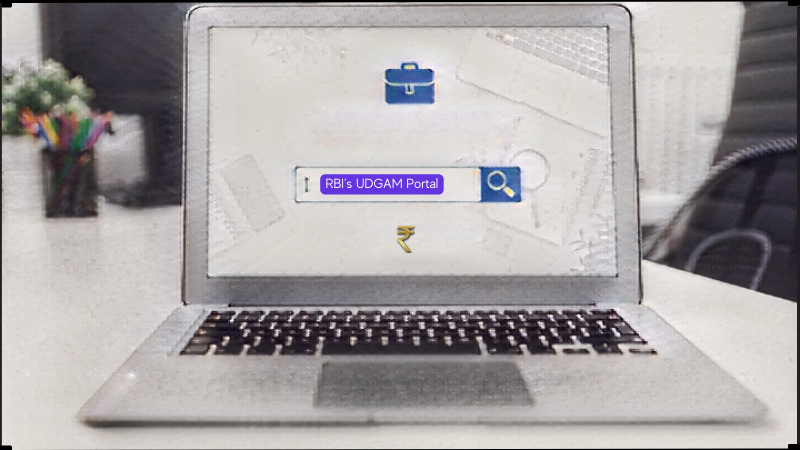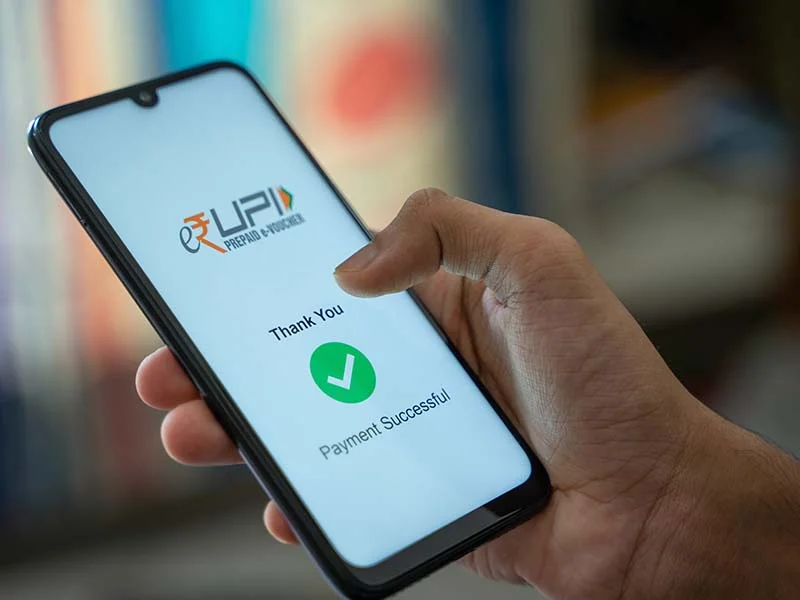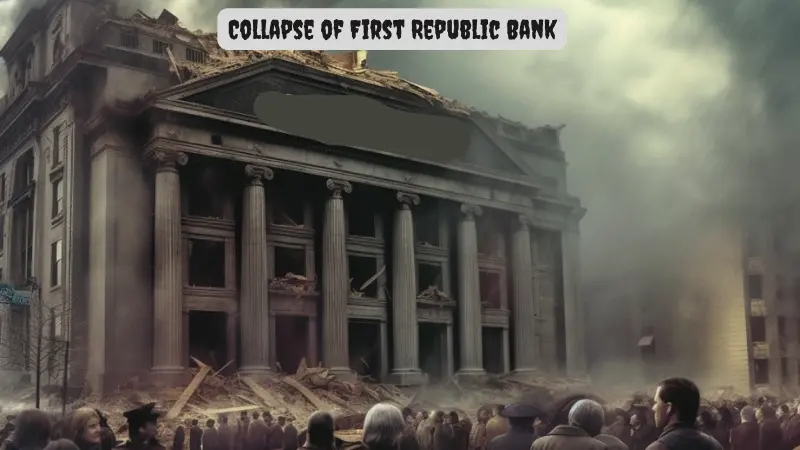
2023 has not been very great for the world economies, especially the US. While there are increasing concerns about inflation and recession in major economies, rising Fed rates to curb inflation have further triggered a banking crisis. Economists and market experts believe that this could snowball into something graver.
On May 1st, 2023, the world woke up to the news that the First Republic Bank has collapsed and is being taken over by JPMorgan Chase. What led to the failure of the USA’s second largest bank and will more banks follow suit?
Read on to find out what went wrong and what may be upcoming.
Read More: Silicon Valley Bank Crisis – All you need to know
History of First Republic Bank
First Republic Bank is a private bank in the United States that was founded in 1985 by James H. Herbert II with less than 10 employees at the time. This bank grew over the years with a focus on providing banking solutions and private wealth management, especially to the HNIs (High Networth Individuals). The bank was acquired by Merrill Lynch in 1998 and subsequently sold to Bank of America in 2007 as part of a larger transaction. It was later reacquired by its original founder and a group of investors in 2010. By July 2020, the bank was ranked the 14th largest bank in the US with 80 offices across 7 states and approximately 7200 employees.
What caused the failure of First Republic bank?
Similar to the collapse of the SVB and Signature bank, the main cause of the collapse of the First Republic Bank is increase in Fed rates. These banks lacked the ability to adapt to these significant rate spikes. First Republic Bank’s core issue lay with providing cheap loans to its wealthy customers. The increasing Fed rates meant that the bank could not keep up with the mounting losses and also had to face pressure from depositors to provide higher interest to keep attracting deposits.
Key facts you must know
- The financial results reported by the bank for the quarter ending March 2023 were also not encouraging. It showed that the bank saw a dip of 14% in its revenues, 33% in the bank’s profits, and approximately 20% in the net interest income.
- The FDIC (Federal Deposit Insurance Corporation) had come to the rescue of depositors of SVB and Signature Bank and deposits of up to US$ 250,000 are therefore insured by them. However, First Republic Bank caters majorly to HNIs which meant that average depositors held deposits way higher than the sum insured by the FDIC. This led to a massive bank run and the bank lost deposits of approximately US$ 100 billion in a matter of days.
- The bank’s rating was downgraded by Fitch Ratings and S&P Global Ratings on the backdrop of the US Bank crises.
- The loan-to-deposit ratio of the bank stood at 111% which meant that the loans disbursed were quite higher as compared to the deposits held by the bank. This further put pressure on the bank which failed to attract further deposits and had to cut costs in a bid to survive.
- The bank let go of 25% of its staff to cut its costs and also tried to lower its outstanding loans as well as sell its assets.
First Republic Bank also got a lifeline in the form of US$ 30 billion deposits infused into the bank by 11 major banks in the US. However, all these efforts could not save the bank and the FDIC prepared to put the bank under receivership imminently with the officials increasing efforts to sell the bank in a bid to save it.
What lies ahead for the bank?
With rising concerns about the bank’s survival, there was a steep downfall in its share price bringing it to approximately US$3.51 on 28th April 2023. This was an almost 95% drop from its share price in March 2023. To rescue the sinking bank, US officials began talks with three major players PNC Financial Services Group, JPMorgan Chase, and Citizens Financial Group Inc.
On 1st May 2023, US Regulators announced that they had closed a deal with JPMorgan Chase to take over First Republic Bank for US$10.6 billion.
- As per the agreement, the latter will assume US$ 92 billion in deposits (insured and uninsured).
- JPMorgan will also be buying most of the assets of the bank to the tune of US$ 173 billion in loans and US$ 30 billion in securities.
- It will receive US$ 50 billion from FDIC in the form of a 5 year fixed rate financing.
- The FDIC is expected to cut its losses to US$ 13 billion through this deal which will come out of the deposit insurance fund paid by banks every quarter.
- JPMorgan has also agreed to pay back the US$ 25 billion deposited by other major lenders in a bid to calm the frenzy around the bank’s increasing crisis.
- All the branches of First Republic Bank will now function as part of JPMorgan Chase and depositors will have full access to their deposits.
Conclusion
The ongoing banking crisis in the US has resulted in the second-largest banking collapse in the country’s history, reminding us of the phrase “When America sneezes, the world catches a cold.” With 3 major banks collapsing in the US, it has reignited memories of the 2008 financial crisis. Experts are fearing that it may catapult into something larger that affects world economies. It is also believed that the current banking crisis is the result of the Trump-era banking laws which relaxed the banking regulations for banks with less than US$ 250 billion in assets.
The current situation has also triggered the need to review the banking policies and implement tighter regulations.Many experts also believe that there is a need for consolidation of many small and mid-sized banks in the country for effective management and prevention of similar crises.
FAQs
The deposits of First Republic Bank accounted for approximately 92% of the bank’s funding.
11 major banks including JPMorgan Chase infused an amount of US$ 30 billion as deposits to prevent the bank from collapsing.
The net hit to be taken by FDIC after the deal with JPMorgan Chase has come down to US$ 13 billion.
The amount of bank deposits insured by the FDIC is up to US$ 2,50,000.














